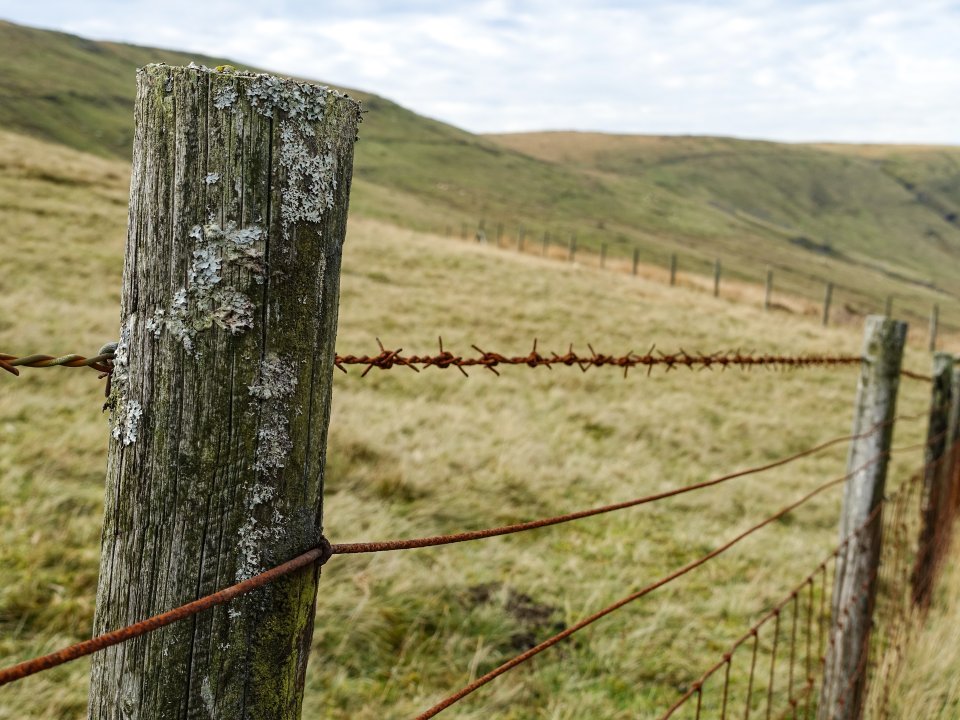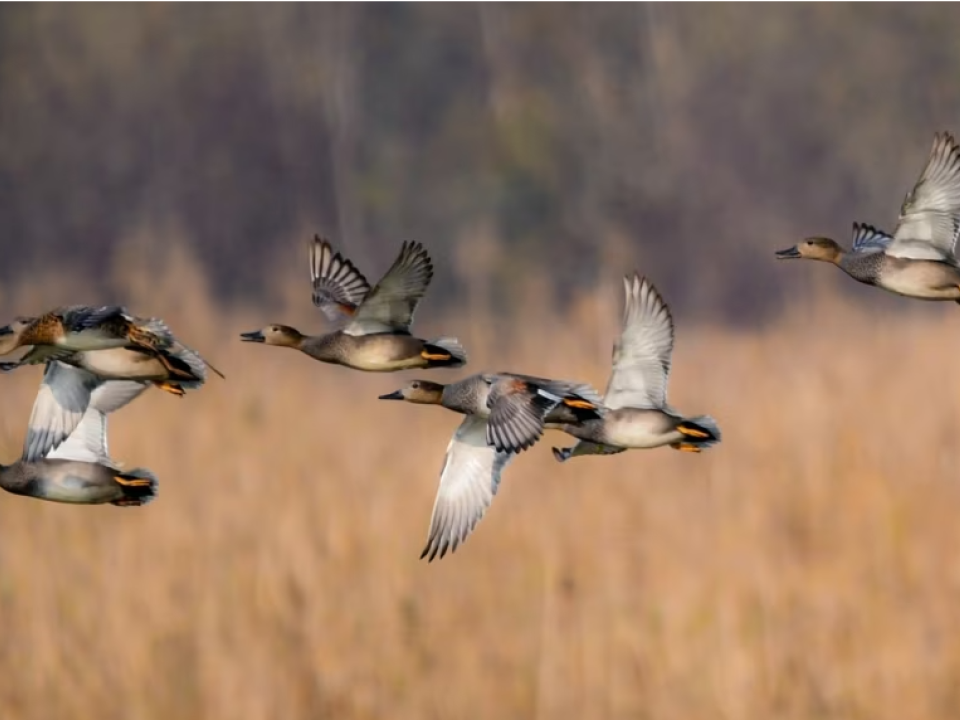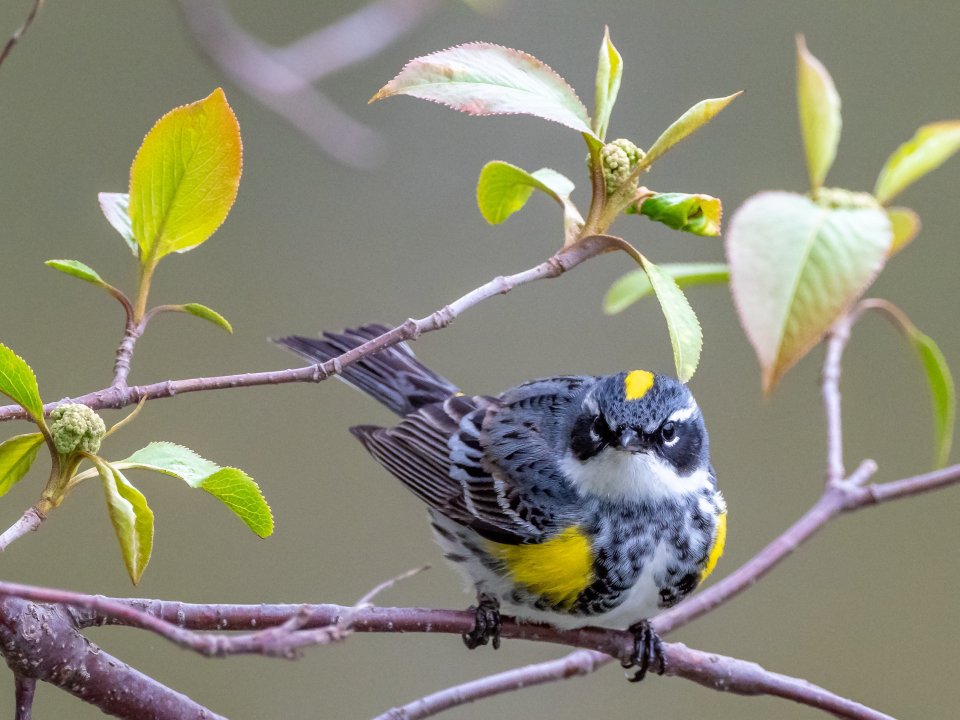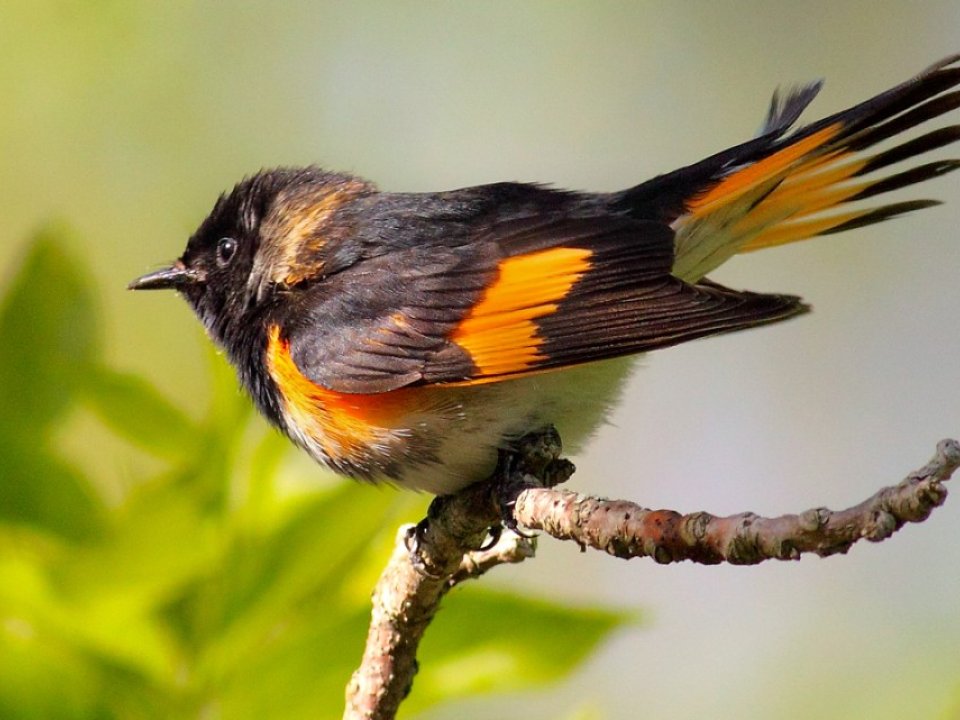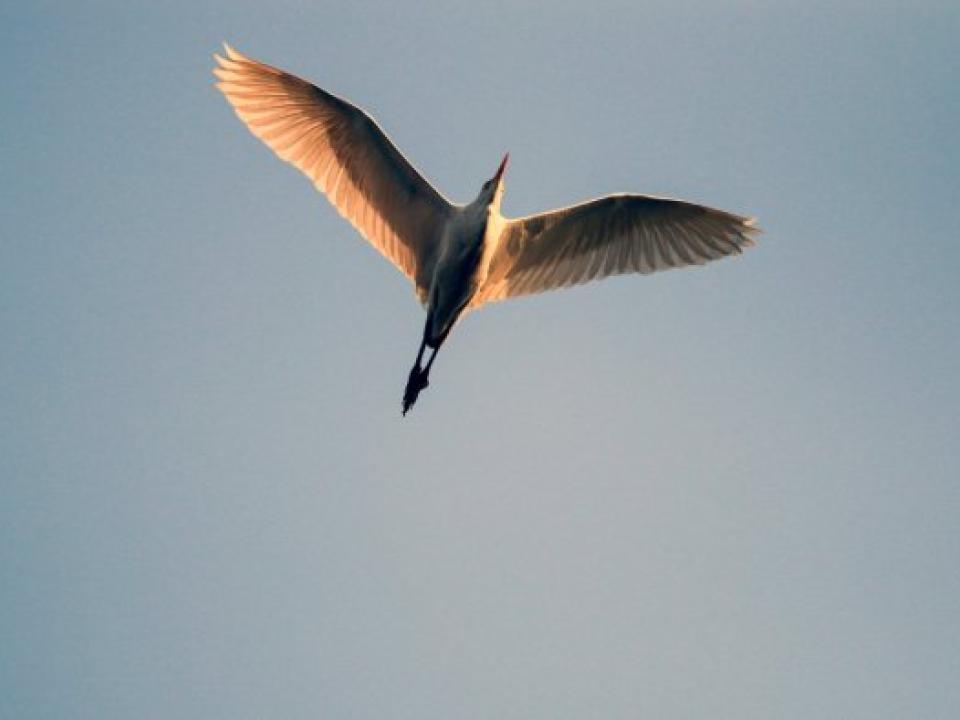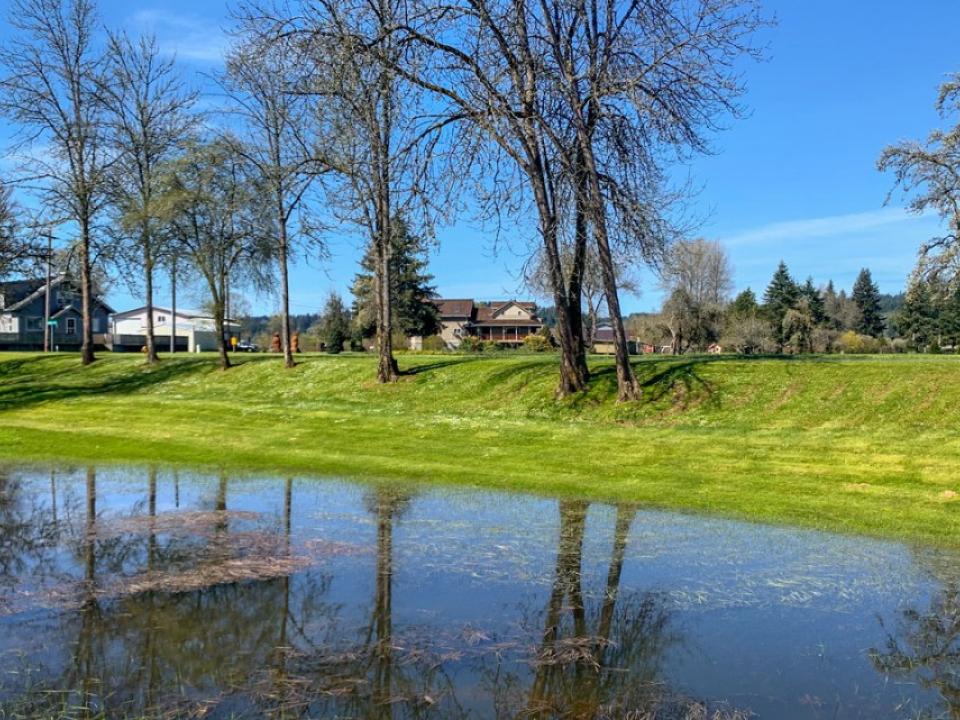News
Cornell has a $9.9 million grant from the Bezos Earth Fund for the development of low-cost virtual fencing last April. Virtual fencing is a potential solution to the traditional barbed wire fences used in the American west.
Adriaan Dokter, research associate at the Lab of Ornithology, says, “We've discovered that each autumn, an average of 4 billion birds move south from Canada into the U.S. At the same time, another 4.7 billion birds leave the U.S. over the southern border, heading to the tropics.”
“Birds are the canary in the coal mine,” says Amanda Rodewald, professor of ornithology. “They’re an early warning of environmental changes that also can affect us.”
Benjamin Van Doren, postdoctoral associate, joins the Science, Quickly podcast to talk about the role artificial intelligence plays in helping us see migrating birds.
Andrew Farnsworth, senior research associate in the Lab of Ornithology, says, “The light actually poses a lot of problems for birds migrating at night, so turning them off or eliminating them and reducing intensity, shielding them down is very helpful.”
Deteriorating habitat conditions caused by climate change are wreaking havoc with the timing of bird migration. A new study demonstrates that birds can partially compensate for these changes by delaying the start of spring migration and completing the journey faster – but the strategy comes with a decline in overall survival.
BirdCast is a collaborative project of Colorado State University, the Cornell Lab of Ornithology and the University of Massachusetts that seeks to leverage that data to quantify bird migration. Machine learning is central to its operations. Researchers have known since the 1940s that birds show up on weather radar, but to make that data useful, we need to remove nonavian clutter and identify which scans contain bird movement.
In flood-prone areas of New York state, non-white homeowners are more likely than white homeowners to take active, sometimes-costly measures – such as finding a way to protect a furnace, a water heater or installing a sump pump – to prepare for a possible deluge, according to a new Cornell study.

